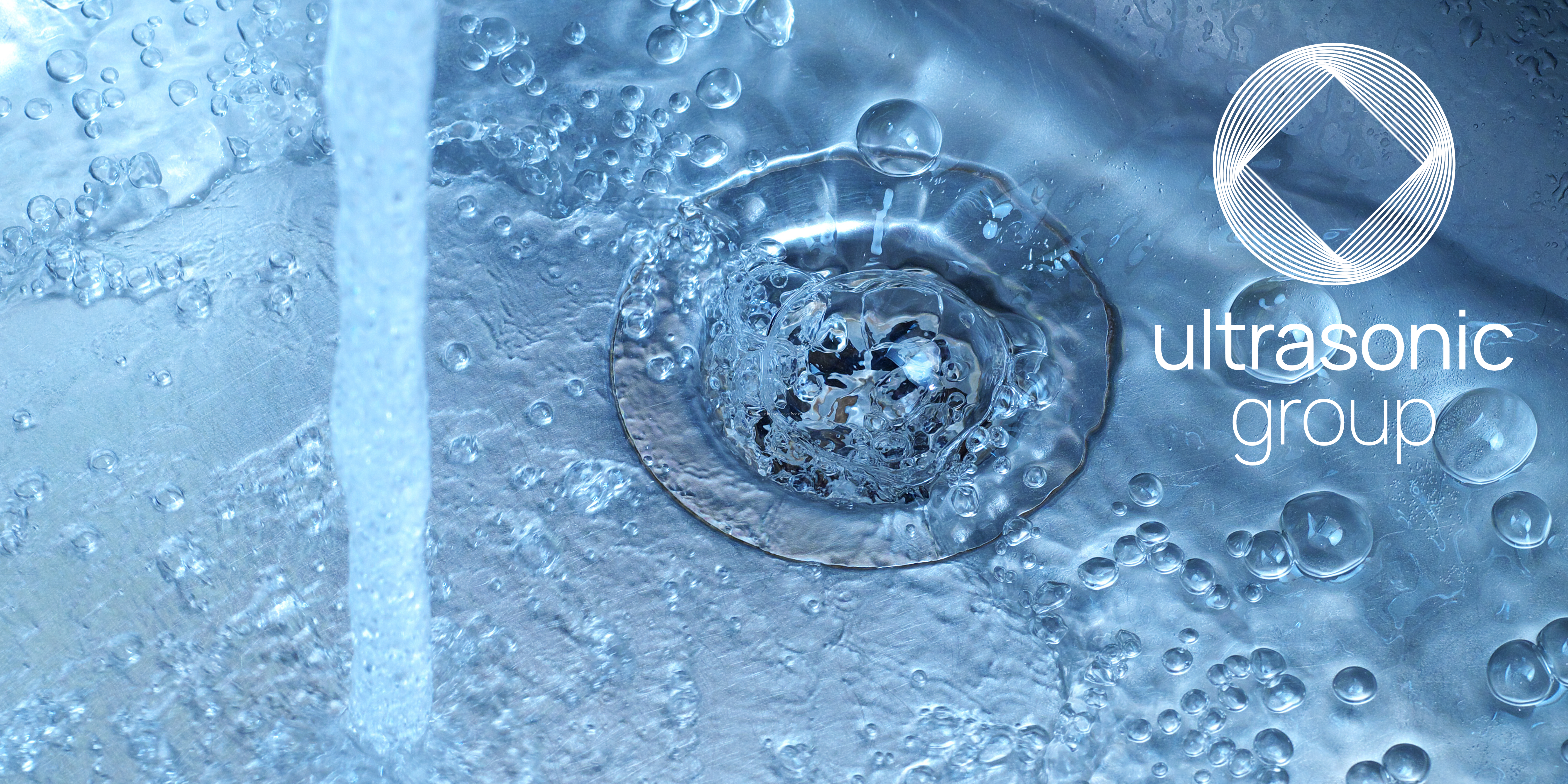When you own a vacation home, there is 1 particular tradition that keeps repeating itself. Flushing faucets and showers upon arrival to your property. Since the water in the pipes has been standing still for a long time, there is a chance of Legionella. For this reason, one should always run all the faucets and showers so that this bacterium is “flushed out”. However, is this method as effective as people think?

Due to your absence from your home, pipes will sit still for long periods and there will be stagnant water. This stagnant water combined with a temperature of 40° promotes the growth of Legionella in pipes. To prevent this Legionella, it is recommended that you flush (flow-through water). Thus, you will first need to run your showers and faucets at the hottest setting (minimum 50°). You will need to maintain this for at least 5 to 30 minutes.
Showers, faucets, and Jacuzzis are the most common ways to spread the bacteria. This is for the reason that they involve stagnant water. A jacuzzi, in turn, has the ideal temperature for the bacteria to develop.
You can flush all you want, but it will never ensure that the bacteria are completely removed from the pipes. Even if you set your faucets and showers to the hottest setting, the bacteria present in the pipes will always remain protected by the biofilm. Moreover, that flushing just consumes a lot of energy and water, which makes the bills soar. Legionella-free showerheads and pipes are a more complex problem than people think.
If you want to get Legionella out of pipes once and for all, you will need to start by eliminating the root cause, which is the biofilm. Learn more about Legionella bacteria and biofilm in our blogs.